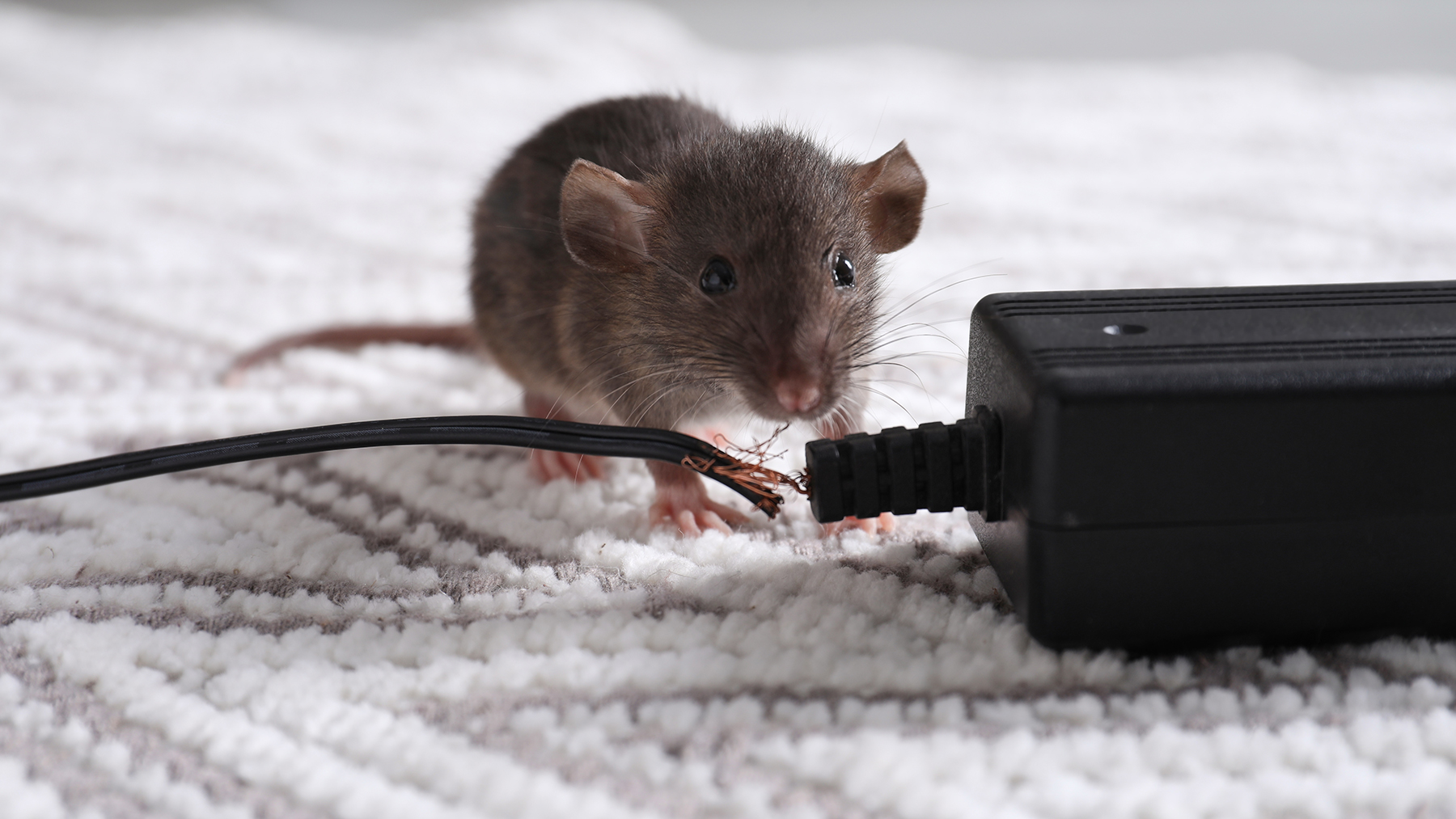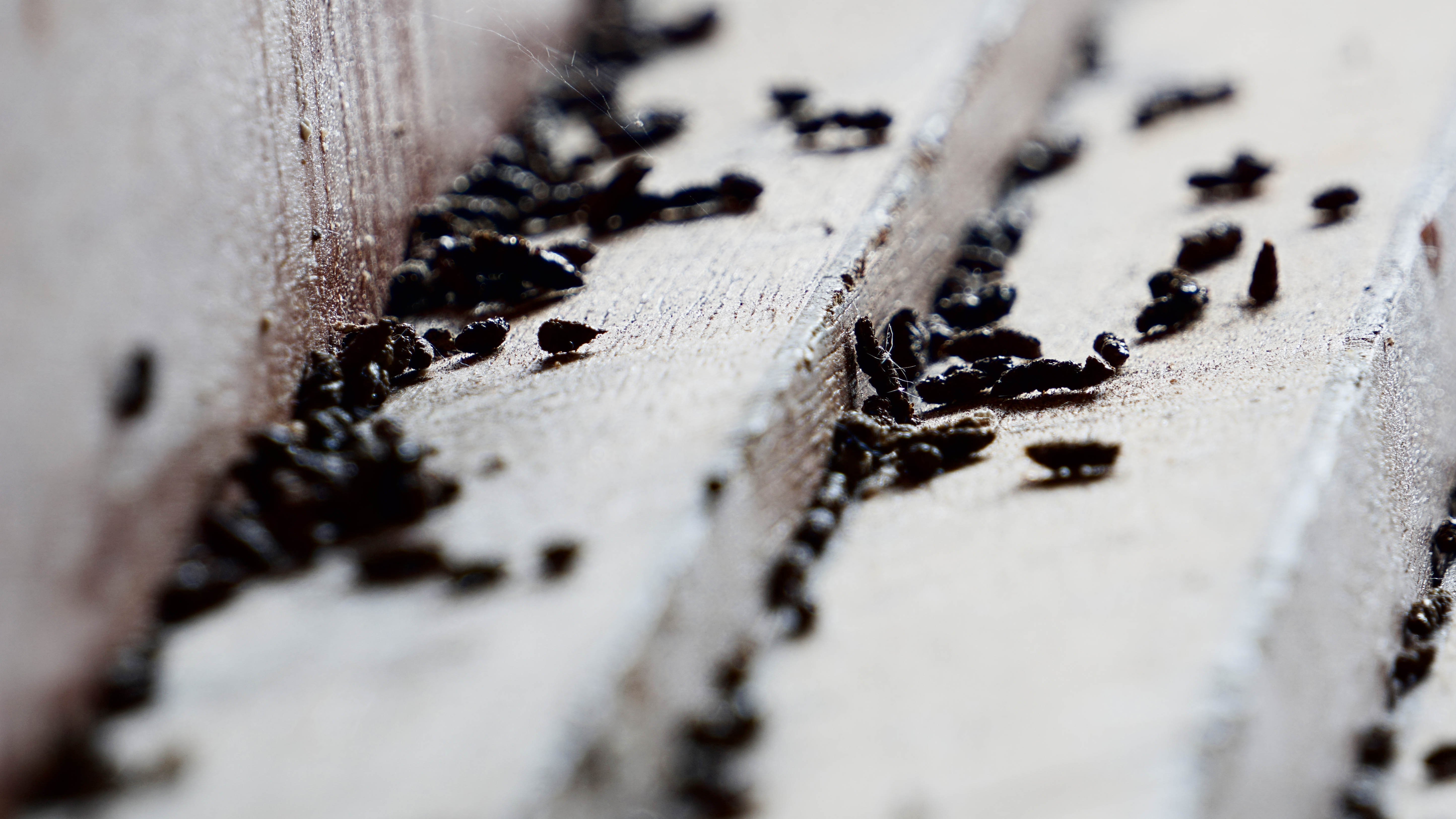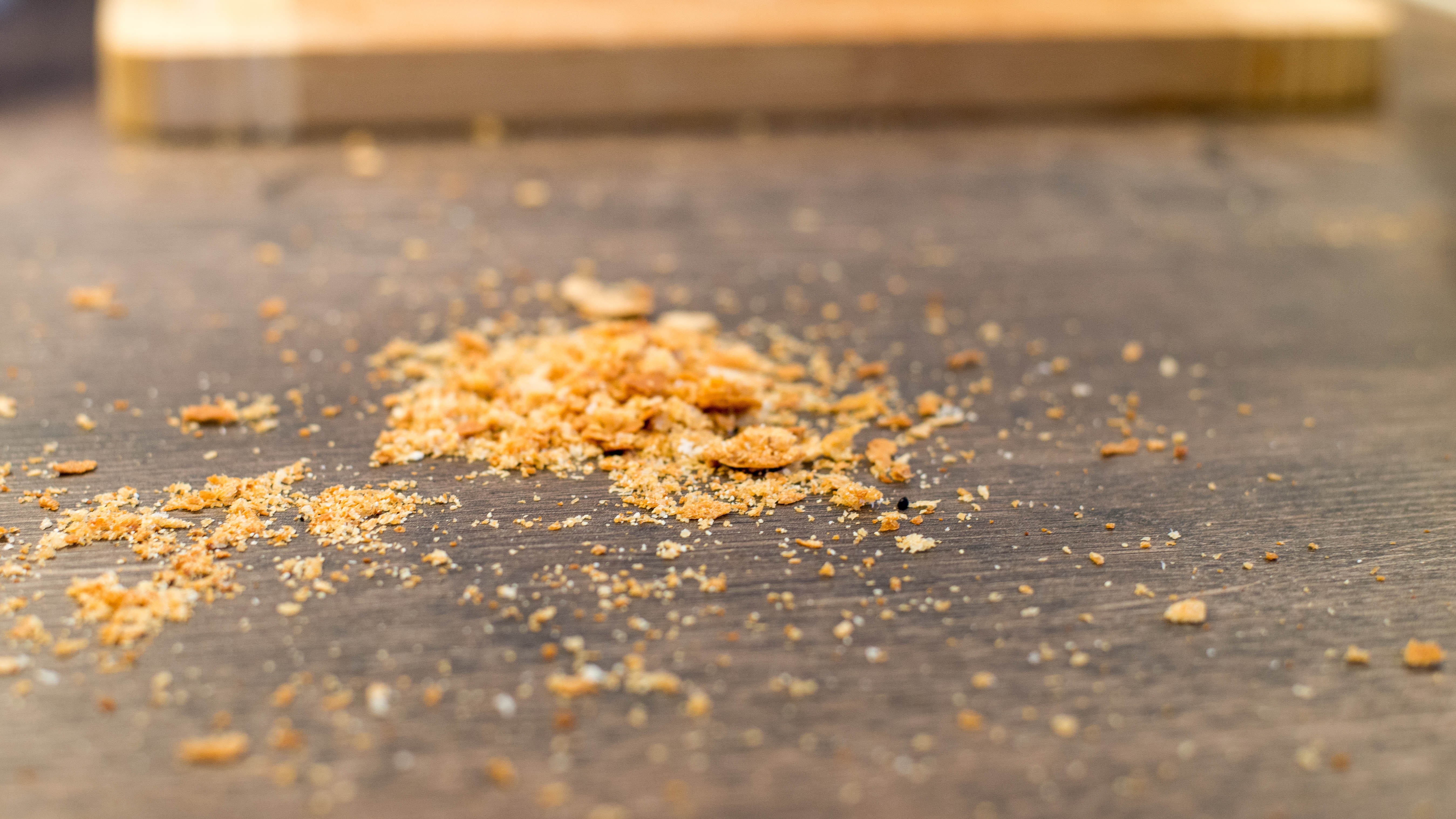5 common mistakes to avoid when getting rid of mice

If you find a mouse in your home or outbuildings, more will likely follow. These rodents are unwelcome guests, so it's only natural that your first instinct will be to banish them from your property. Before springing into action though, it's best to consider how to get rid of mice from your home and what the most effective method will be.
When inside your home, mice can damage appliances and furniture and, at the extreme, gnaw through wires and cause electrical fires. They can also carry disease, bring ticks, fleas, and mites into your home, and contaminate your food and water with their droppings, so it’s important to be informed before taking action.
Here are 5 common mistakes to avoid when getting rid of mice.
1. Ignoring the warning signs

Spotting mice early is key to getting rid of the problem, as mice breed quickly, making the problem harder to resolve. There are plenty of telltale signs that you have mice in your home, including hearing scratching noises, especially at night or finding droppings in corners of rooms or near possible entry sites.
Diagno Pest Control also warns that you might find nesting material, such as shreds of paper and fabric. Gnaw marks on furniture and food packaging are another sign, as is spotting visible entry points, such as gaps in walls, and windows.
At this point, if you don’t take action to seal entry points and prevent mice from entering your home, you could be faced with a much bigger problem.
Multiplying mice
Mice are prolific breeders and can produce six to seven babies in a litter in as little as 21 days. So, if you don’t get on top of the problem quickly, you could face an ever-increasing infestation.
Get instant access to breaking news, the hottest reviews, great deals and helpful tips.
2. Not cleaning down food preparation surfaces

Mice love to find morsels of food, so although a few food crumbs might seem insignificant, it can seem like a feast to a mouse. And they have an exceptional sense of smell. According to scientists at Harvard Medical School, mice have about 1,200 odor receptors, compared to humans, who have around 350. So, even if you can’t smell food remains, mice certainly can.
Hygiene is always important, especially if you have mice in your home. To keep your home clean, wipe down dining tables and countertops promptly and vacuum floor surfaces. Also, avoid leaving food uncovered and regularly declutter your kitchen to make it a less attractive refuge for mice.
3. Using the wrong bait

A common mistake is using too much bait or the wrong bait to attract mice. According to Burns Pest Elimination, overloading a trap with bait can cause it to malfunction. Moreover, mice only need a morsel of food and may be able to take a nibble of bait without setting off the trap. Adding a smaller amount of bait will be more effective.
What bait attracts mice?
Rapid Rodent Removal suggests peanut butter, as its strong nutty smell will entice mice into your trap. Sweet and fatty foods are the best way to attract mice out of hiding, and the benefit of using a substance like nut butter or sticky jam is that mice are more likely to spend longer on the trap, giving it time to be triggered.
Apart from nut butter and jam, chocolate and marshmallows (if you can spare them) will attract sweet-toothed mice, while seeds, nuts, deli meat, pet food, and soft cheese will also work.
4. Using a mouse trap wrong

Understanding the type of mouse traps available and the best place to position them will help deter your pest problem. However, using traps incorrectly can increase the problem.
Burns Pest Elimination warns against placing a mouse trap in the middle of a room. Mice stick close to walls and corners for protection and will be unlikely to risk scurrying across the middle of a floor with nowhere to hide, open to being pounced on by household pets.
Positioning traps close to walls and behind furniture is a better strategy, although don’t forget to check them! Victor Pests advises angling the bait and the trigger end of the trap towards the wall, as this will encourage the mice to explore what’s on offer immediately without walking around the trap.
Also, don’t forget that if you find one mouse, you’ve probably got more. So, if you are setting traps, put out a few.
Types of mouse traps
The most humane type of mouse trap is a live trap and is the method advised by the Humane Society of the United States, which involves trapping the mouse without killing it. The mouse can then be moved outside and will hopefully not return if you’ve sealed up all possible entry points into your home.
Humane Mouse Trap, 4 pack: $19 @ Amazon
Catch mice in your home with this 4-pack of humane 'catch and release' traps. Designed to catch mice without harming them for them to be released back into the wild. These pet-friendly traps are easy to clean, contain a removable bait case and are reusable.
5. Using dangerous substances

Although you’ll be keen to banish mice from your home, it is possible without harmful chemicals. And while chemicals can be detrimental to pests, they can also put your household at risk.
Apart from being inhumane, poisons can also endanger your pets, as curious cats and dogs will be interested in any tempting bait. So, unless you’re calling a professional pest control company to help, we recommend avoiding the use of any dangerous substances.
If your attempts and controlling mice don't work, and you've called in a professional pest control company, it should be able to treat the affected area with the right proportion of products that do not harm your shared environment.
More from Tom's Guide

Camilla is the Homes Staff Writer and covers everything to do with homes and gardens. She has a wealth of editorial experience, mounting over 30 years, and covers news and features, tests products for reviews and compiles buying guides.
Her work has appeared in business and consumer titles, including Ideal Home, Real Homes, House Beautiful, Homebuilding & Renovation, and Kitchen & Bathroom Business. She’s even appeared on the cover of Your Home, writing about her own house renovation.
Although she’s obsessed with decorating her home, she also enjoys baking and trying out the latest kitchen appliances. But when she’s not inside, you’ll find her pottering about in her yard, tending to her vegetable patch or taking in her prized hydrangeas.

